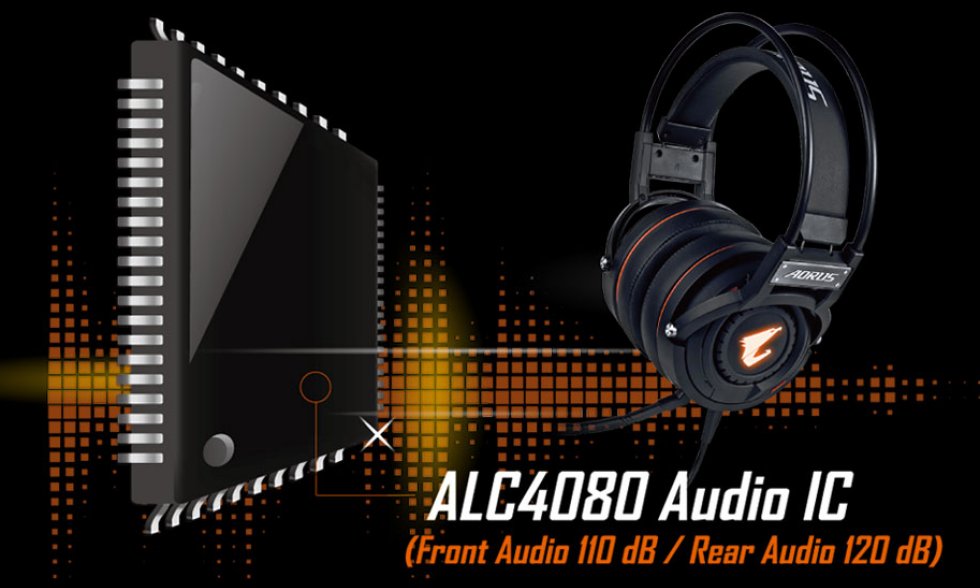- Joined
- Oct 23, 2022
- Messages
- 78 (0.08/day)
Hello,
Please help me choose a B650 board. I will use a 7950X or 7900X cpu. I will use the computer for gaming, 3D design, 3D rendering, movie editing. I will use one or two M.2 drives and one or two ssd or hdd drive for large storage. Maybe a internal sound card.
Here are some I looked at:
https://www.microcenter.com/product...trix-gaming-wifi-amd-am5-atx-motherboard?ob=1
https://www.microcenter.com/product/659691/gigabyte-b650-aorus-elite-ax-amd-am5-atx-motherboard
https://www.microcenter.com/product...rog-strix-gaming-wifi-amd-am5-atx-motherboard
https://www.microcenter.com/product...rog-strix-gaming-wifi-amd-am5-atx-motherboard
https://www.microcenter.com/product/659690/gigabyte-b650-aorus-pro-ax-amd-am5-atx-motherboard
https://www.microcenter.com/product/659689/gigabyte-b650-aero-g-amd-am5-atx-motherboard
https://www.microcenter.com/product/659573/msi-b650-mpg-edge-wifi-amd-am5-atx-motherboard
https://www.microcenter.com/product/659572/msi-b650-mpg-carbon-wifi-amd-am5-atx-motherboard
Please help me choose a B650 board. I will use a 7950X or 7900X cpu. I will use the computer for gaming, 3D design, 3D rendering, movie editing. I will use one or two M.2 drives and one or two ssd or hdd drive for large storage. Maybe a internal sound card.
Here are some I looked at:
https://www.microcenter.com/product...trix-gaming-wifi-amd-am5-atx-motherboard?ob=1
https://www.microcenter.com/product/659691/gigabyte-b650-aorus-elite-ax-amd-am5-atx-motherboard
https://www.microcenter.com/product...rog-strix-gaming-wifi-amd-am5-atx-motherboard
https://www.microcenter.com/product...rog-strix-gaming-wifi-amd-am5-atx-motherboard
https://www.microcenter.com/product/659690/gigabyte-b650-aorus-pro-ax-amd-am5-atx-motherboard
https://www.microcenter.com/product/659689/gigabyte-b650-aero-g-amd-am5-atx-motherboard
https://www.microcenter.com/product/659573/msi-b650-mpg-edge-wifi-amd-am5-atx-motherboard
https://www.microcenter.com/product/659572/msi-b650-mpg-carbon-wifi-amd-am5-atx-motherboard











